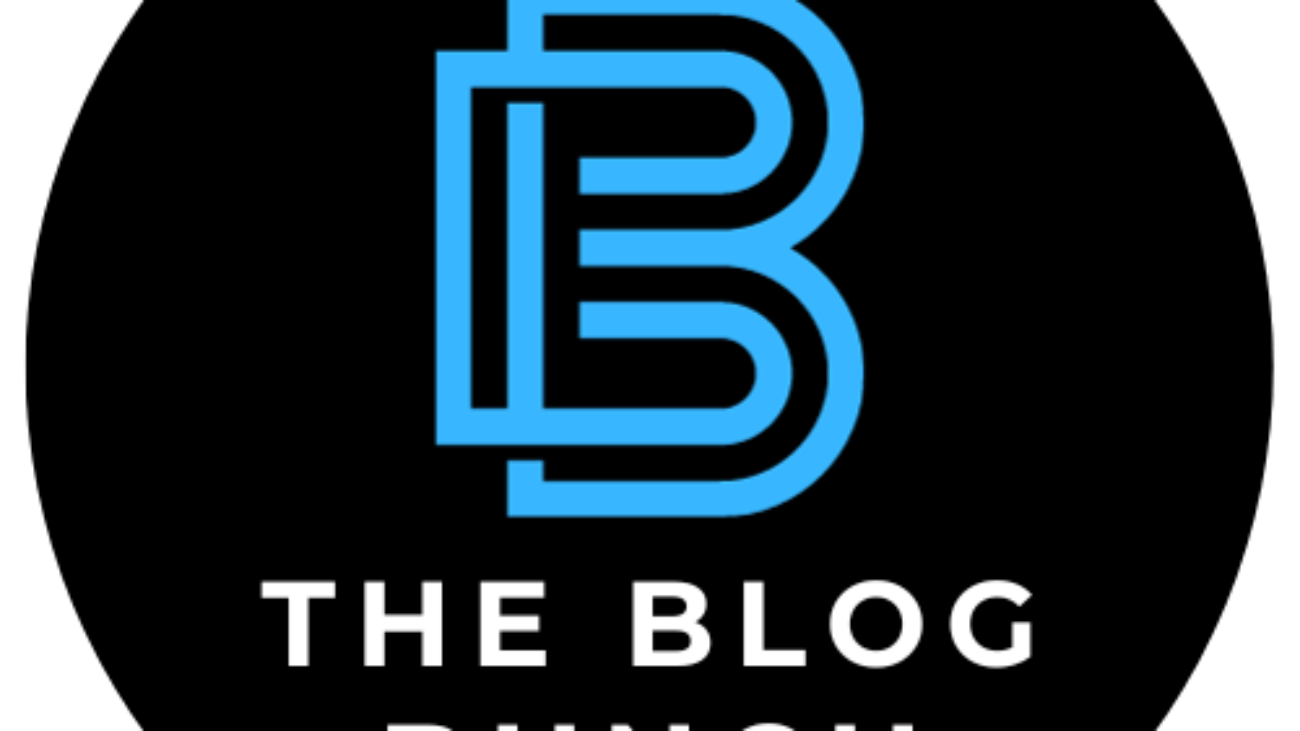Efficient content workflow management is crucial for businesses striving to maintain a competitive edge. With the increasing demand for high-quality content, having a streamlined process in place can significantly enhance productivity and ensure consistent output. In this blog, we’ll delve into actionable tips for optimizing your blog writing projects, from assessing your current workflow to implementing strategies for improvement.
Assessing Current Workflow
Before implementing any changes, it’s essential to take a close look at your existing content creation processes. This involves evaluating each step of the workflow to identify inefficiencies and pain points that may be hindering productivity. Whether it’s delays in content approvals, communication breakdowns between team members, or bottlenecks in the editing process, recognizing these areas for improvement is the first step towards streamlining your blog writing projects.
Establishing Clear Objectives
Once you’ve identified the weaknesses in your current workflow, it’s time to establish clear objectives for your blog writing projects. This begins with defining the overarching goals you hope to achieve through your content, whether it’s increasing brand visibility, driving website traffic, or engaging with your target audience. By setting specific and measurable objectives, you can create a roadmap for success and ensure that your content efforts align with your broader business goals.
Building an Effective Team
Assembling a proficient team is paramount to success. This team typically comprises writers, editors, designers, and other collaborators, each playing a pivotal role in the content creation process. When selecting team members, it’s essential to prioritize skill, experience, and dedication. Look for individuals who possess a knack for storytelling, a keen eye for detail, and a passion for your brand’s vision. By fostering a culture of collaboration and creativity, you can harness the collective talents of your team to produce exceptional content.
To facilitate seamless communication and collaboration among team members, leverage a variety of tools and resources. Project management platforms like Asana, Trello, or Monday.com can help keep tasks organized and deadlines on track. Communication tools such as Slack or Microsoft Teams allow team members to stay connected in real-time, fostering open dialogue and idea-sharing. Additionally, cloud-based storage solutions like Google Drive or Dropbox ensure that files are easily accessible and can be shared across the team effortlessly.
Implementing Efficient Tools and Technologies
There is no shortage of productivity tools and project management software designed specifically for content creation. These tools can significantly streamline your workflow, allowing you to manage tasks, collaborate with team members, and track project progress more efficiently. For instance, content calendars like CoSchedule or Editorial Calendar for WordPress enable you to plan and schedule your content strategy, ensuring a consistent publishing schedule.
Automation tools and workflows can also play a crucial role in streamlining repetitive tasks and optimizing efficiency. Email marketing platforms like Mailchimp or ConvertKit offer automation features that allow you to set up email sequences, segment your audience, and personalize content delivery. Social media management tools such as Hootsuite or Buffer enable you to schedule posts in advance, monitor engagement metrics, and analyze performance—all from a single dashboard.
Creating Detailed Content Briefs
A well-crafted content brief serves as a roadmap for your content creation journey, providing clear guidelines and instructions for team members to follow. When developing content briefs, be sure to include essential details such as project objectives, target audience personas, key messaging points, and SEO keywords. By providing this comprehensive overview upfront, you can ensure that everyone is aligned with the project goals and expectations.
Additionally, content briefs should outline any specific requirements or preferences regarding tone, style, and formatting. Whether you’re aiming for a casual and conversational tone or a more formal and authoritative voice, clearly communicating these expectations will help maintain consistency across your content. By arming your team with detailed content briefs, you empower them to create content that resonates with your audience and aligns with your brand’s identity.
In essence, building an effective team, implementing efficient tools and technologies, and creating detailed content briefs are essential components of a successful content creation strategy. By investing in these foundational elements, you can streamline your workflow, maximize productivity, and deliver high-quality content that engages and inspires your audience.
Establishing a Review and Approval Process
Establishing a robust review and approval process is essential for maintaining quality, consistency, and efficiency. This structured workflow not only facilitates collaboration among team members but also ensures that content aligns with brand guidelines and meets the expectations of stakeholders.
To begin, designate clear roles and responsibilities within your team. Assign specific individuals as content creators, editors, and approvers, each responsible for distinct aspects of the review process. By defining roles upfront, you can avoid confusion and streamline communication throughout the workflow.
Next, implement a systematic approach to feedback and revisions. Utilize project management tools or dedicated platforms for document sharing and commenting, allowing team members to provide feedback directly within the content. Additionally, establish clear guidelines for feedback, emphasizing constructive criticism and actionable suggestions for improvement.
Accountability is key to maintaining project deadlines and ensuring the timely delivery of content. Implement deadlines and milestones for each stage of the review process, holding team members accountable for their contributions. Regular check-ins and status updates can help keep the project on track and address any potential roadblocks proactively.
Optimizing for SEO and Publishing
Optimizing content for search engines is paramount to maximizing visibility and driving organic traffic to your website. Incorporating SEO best practices into your content creation process can significantly enhance its discoverability and impact.
Start by conducting keyword research to identify relevant terms and phrases that align with your content objectives. Integrate these keywords strategically throughout your content, including in titles, headings, meta descriptions, and body text. However, avoid keyword stuffing, as it can detract from the quality and readability of your content.
When it comes to publishing, streamline the process to ensure efficient content delivery and distribution. Utilize content management systems (CMS), such as WordPress or HubSpot, to schedule and automate publishing tasks. Take advantage of the built-in SEO features within these platforms to optimize metadata and URL structures for improved search visibility.
Additionally, leverage social media and email marketing channels to amplify the reach of your content. Share published articles across your social networks, encouraging engagement and interaction from your audience. Consider repurposing content into email newsletters or downloadable resources to further extend its lifespan and value.
By establishing a structured review and approval process and optimizing content for SEO and publishing, you can streamline your content workflow and drive meaningful results for your business. Embrace these best practices to elevate your content strategy and achieve your marketing objectives effectively.
Monitoring Performance and Iterating
As the saying goes, “What gets measured gets managed.” Monitoring the performance of your content workflow is essential for identifying areas for improvement and ensuring ongoing success. By tracking key metrics and iterating on your processes, you can continually refine your approach and drive better outcomes for your blog writing projects.
Tracking Key Metrics: Start by identifying the key performance indicators (KPIs) that align with your content objectives. These metrics may include website traffic, engagement metrics (such as bounce rate and time on page), conversion rates, and social shares. Utilize analytics tools like Google Analytics or platform-specific dashboards to gather data and gain insights into how your content is performing.
Measuring Effectiveness: Once you’ve established your KPIs, regularly monitor and analyze them to assess the effectiveness of your content workflow improvements. Look for trends, patterns, and outliers that can help identify areas for optimization. For example, if you notice a high bounce rate on certain blog posts, it may indicate a need for better content relevance or readability.
Iterating and Refining Processes: Armed with performance insights, iterate on your content workflow processes to address any identified issues or opportunities for improvement. Solicit feedback from team members and stakeholders to gather additional perspectives and ideas for refinement. Be open to experimentation and innovation, continuously seeking ways to streamline and optimize your workflow.
Drive Success in Your Blog Writing
Efficient content workflow management is essential for driving success in your blog writing projects. By assessing your current workflow, establishing clear objectives, implementing efficient tools and technologies, and refining processes based on performance insights, you can streamline your content creation process and achieve better results.
We encourage you to implement the tips and strategies discussed in this blog to streamline your blog writing projects and drive success. If you’re looking for further assistance or support in optimizing your content workflow, don’t hesitate to reach out to us. Our team is here to help you achieve your content marketing goals efficiently and effectively.










